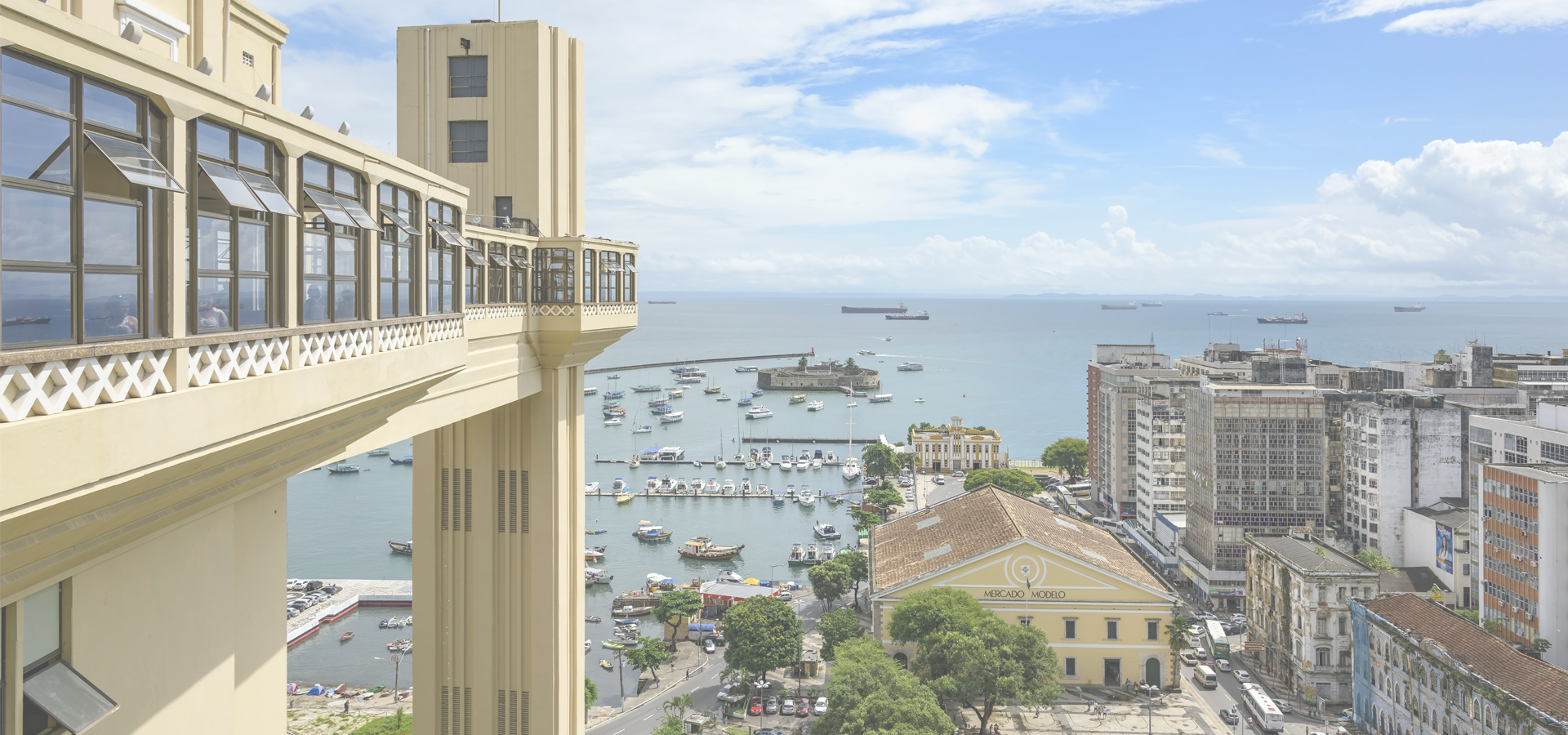Sonsonate, El Salvador
🇸🇻 Sonsonate is a city and municipality of El Salvador. Of which it is also its head. Sonsonate is the second most important city in western El Salvador. The town was founded under the name of "Villa del Espíritu Santo" on vacant lots near the town of los Izalcos in 1552. However, this foundation would be extremely ephemeral, because the following year, in 1553, this villa would be transferred to its current location, with the name of "Villa de la Santísima Trinidad de Sonsonate", in a cocoa-producing area. With the passage of time, the town would be known simply by the name of Sonsonate. This name was taken from the Rio Grande or Sonsonate in the Nahuat language, which crosses it from north to south across the entire plain until it flows into the Pacific Ocean. This was the third Spanish population founded in the territories that currently constitute El Salvador, although, it is worth clarifying, during the entire period of Spanish domination of America, Sonsonate was the capital of the Mayor's Office of Sonsonate, a territory apart from the one administered by San Salvador., today the capital of El Salvador.
On the other hand, one of the main cultural attractions of this city is the celebration of Holy Week, which is considered part of the religious heritage of the country, thus recognised by decree of the Legislative Assembly of El Salvador since 2013.
Name In the first historical reports on Sonsonate, reference was made to the fact that the city had taken the name of the Sensunat river, which was interpreted as "four hundred waters". Fray Francisco Vásquez, for his part, interpreted it as "four hundred eyes of water". For Santiago I. Barberena, the word is of Nahuat origin where 'Sentzunti' means four hundred and 'At' is water having its place name: Sentzunhat.
Economy Historically, the area was a producer of cotton. Most of the cotton produced, as of 1850, was retained for local use. Today, tobacco farming, cattle ranching and tourism (volcanos, coral reef) are important industries.
Department The department remains the heart of the Pipil culture in the country, home to several ancient traditions and to most of the few remaining Nahuatl speakers in El Salvador.
It is an overwhelmingly agricultural area, with extremely fertile volcanic soils that once were the most valuable resource in Central America for the Spanish conquistadors who profited from its ancient cacao plantations. Its name appropriately means "Place of 400 rivers" or "Place of many waters" as it receives well over 2,000mm (79 inches) of rain a year.
Municipalities 1 Acajutla; 2 Sonsonate; 3 Armenia; 4 Caluco; 5 Cuisnahuat; 6 Izalco; 7 Juayúa; 8 Nahuizalco; 9 Nahulingo; 10 Salcoatitán; 11 San Antonio del Monte; 12 San Julián; 13 Santa Catarina Masahuat; 14 Santa Isabel Ishuatán; 15 Santo Domingo; 16 Sonzacate.
History It is located at 65 Kilometers of San Salvador and at a height of 225 meters. It is in the margins of Centzunat, Sensunapan, or Grande River of Sonsonate. It is joined to the capital and Port of Acajutla through modern highways, as well as to Santa Ana and Ahuachapán.
Sonsonate was founded in 1552, with the title and name of Villa of Sagrado Espiritu, by Antonio Rodriguez. In 1553, Pedro Ramirez de Quiñonez and the bishop Francisco Marroquin gave it the name of Villa de la Santísima Trinidad. On April 1, 1824, it obtained the title of city and on June 12 of the same year, that of Departmental Head. In 1834, it was capital of the Central American Federation under the command of President Senator Jose Gregorio Salazar.
Its parochial church, although inspired by colonial style, is from a later date to the independence, since it was blessed on April 1, 1887. On the other hand, the church of Santo Domingo, of calicanto, brick, and tile, was built in 1726 under the advocacy of the Santo Angel de la Guarda. In 1834 it was seat to the federal authorities of Central America and from 1841 to 1846, to a school of 2nd teaching that was directed by Friar Jeronimo Zelaya.
In the park “Rafael Campos”, a column with the marble bust of the ex-president Rafael Campos (1813–1890) was erected in 1913. He was called the “Salvadoran Aristides”. During his administration, the first map of El Salvador (1858) was raised. The national army, under the command of General Ramón Belloso, fought and defeated the filibusters of General William Walker in the battles of Masaya and Granada, in Nicaragua.
Sonsonate is a corruption of Centzunat, slang in pipil that means: Big River and literally “Four hundred waters”.
El Salvador Time

Sonsonate has a population of over 72,158 people. Sonsonate also forms the centre of the wider Sonsonate Department which has a population of over 463,739 people.
To set up a UBI Lab for Sonsonate see: https://www.ubilabnetwork.org Twitter: https://twitter.com/UBILabNetwork
Twin Towns, Sister Cities Sonsonate has links with:
🇮🇹 Segrate, Italy🇸🇻 Cojutepeque 13.717
🇸🇻 San Salvador 13.697
🇹🇭 Chachoengsao 13.688
🇸🇻 Antiguo Cuscatlán 13.667
🇹🇭 Bang Khun Thian 13.65
🇺🇸 Collierville -89.65
🇺🇸 Springfield -89.644
🇺🇸 Stevens Point -89.55
🇺🇸 Cape Girardeau -89.545
Locations Near: Sonsonate -89.7167,13.7167
🇸🇻 Ahuachapán -89.85,13.917 d: 26.5
🇸🇻 Santa Ana -89.557,13.991 d: 35
🇸🇻 La Libertad -89.322,13.488 d: 49.7
🇸🇻 Antiguo Cuscatlán -89.233,13.667 d: 52.5
🇸🇻 San Salvador -89.178,13.697 d: 58.3
🇸🇻 Cojutepeque -88.933,13.717 d: 84.6
🇸🇻 Chalatenango -88.933,14.033 d: 91.6
🇸🇻 Zacatecoluca -88.867,13.5 d: 95
🇬🇹 Villa Canales -90.551,14.389 d: 117
Antipodal to: Sonsonate 90.283,-13.717
🇮🇩 Bengkulu 102.25,-3.783 d: 18299
🇮🇩 Bengkulu City 102.264,-3.792 d: 18298.5
🇮🇩 Teluk Dalam 97.8,0.55 d: 18225.6
🇮🇩 Padang 100.355,-0.951 d: 18214.2
🇮🇩 Liwa 104.083,-5.033 d: 18220.8
🇮🇩 Padang Panjang 100.429,-0.458 d: 18165.5
🇮🇩 Sawahlunto 100.777,-0.681 d: 18161.7
🇮🇩 Bukittinggi 100.367,-0.3 d: 18155.5
🇮🇩 Pringsewu 104.961,-5.356 d: 18157.8
🇮🇩 Bandar Lampung 105.267,-5.45 d: 18134